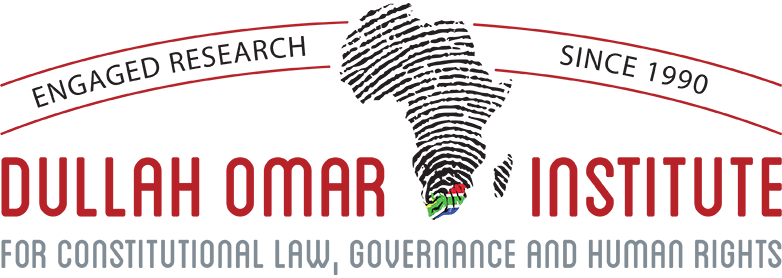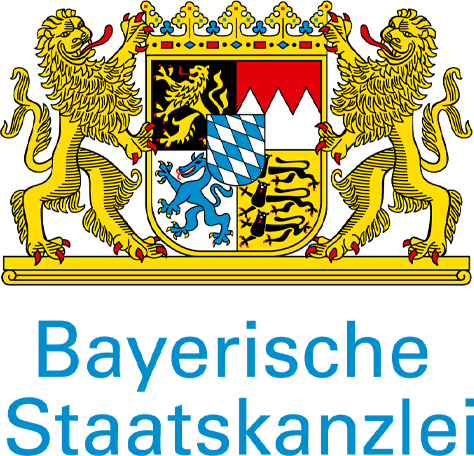Western Cape High Court sets a new benchmark for promoting spatial equity, access to land and housing
The achievement of spatial equity through the right to housing is strengthened by the crucial linkage between access to land and housing rights. Sections 25(5), 26(1) and 26(2) of the Constitution, and the relevant legislation were enacted to give effect to these rights for the purpose of remedying the apartheid spatial planning. In this regard, the Spatial Planning and Land Use Management Act 16 of 2013 (SPLUMA) with its far-reaching objectives significantly bolsters the pursuit of spatial equity.
What is spatial equity?
Spatial equity involves the provision of equal access to and distribution of basic public service facilities, goods and services. It entails redress in the distribution of facilities over space owing to allocation priorities, in order to elevate the socially disadvantaged groups or highly needed areas, resulting in inequality but equity in access to such facilities. In the same vein, alignment and integration of investments in human settlements, transportation, resilient infrastructure networks and land governance maximises the potential of cities in driving urban development.
While upholding the obligations imposed by the Social Housing Act 16 of 2008 and other relevant legislation, the courts can assess and monitor the design and implementation of a comprehensive, inclusive social housing policy in the context of the use of both state-owned and municipal land. In the Adonisi case, a recent matter adjudicated before the Western Cape High Court, the judiciary encountered a groundbreaking legal dispute. In this matter, the Court granted a landmark judgement that set aside the sale of a Tafelberg property to the Phyllis Jowell Jewish Day School in Sea Point, central Cape Town.
Background
The City of Cape Town Metropolitan Municipality is one of South Africa’s many cities and towns that still bear the marks of apartheid spatial inequalities anchored on race: a three-way segregation between Coloureds, Blacks and Whites. The City’s inequalities are discernible by a largely poor and working class Coloured and Black majority living on the urban periphery, in very densely populated settlements, far from jobs, and with poor access to amenities and services. There is an acute shortage of affordable housing options, resulting in unsustainable segregated urban environment.
The Adonisi case involves the sale of a government-owned property that is situated in central Cape Town. It was sold in January 2016, for R135m to the Phyllis Jowell Jewish Day School. The sale of the Tafelberg Properties clearly suggests that the provincial government did not identify the site as suitable for social housing and redress for spatial inequalities. The sale was challenged on two fronts in separate applications before the Court and were consolidated for the purposes of the hearing.
The first application was launched on 5 May 2017 by Ms Thozama Angela Adonisi and five others, citing the Western Cape MEC for Transport and Public Works with eleven other respondents. By exercising functions under the Western Cape Land Administration Act 6 of 1998 (the WCLAA) and the Government Immovable Asset Management Act 19 of 2007 (GIAMA), the MEC is the official responsible for the disposal of immovable assets owned by the Province, which includes the Tafelberg site. Among the respondents is the City of Cape Town. The relevant properties formed part of the Cape Town Central City Regeneration Programme and fell within the jurisdiction of the City. With the concurrence of the provincial government, the City identifies restructuring zones for purposes of social housing designated by the National Minister of Human Settlements in terms of the Social Housing Act. Ms Adonisi (the applicant) sought the review of the sale of the Tafelberg site on the ground that it failed to comply with constitutional and legislative obligations to uphold the rights of access to land and affordable housing in order to redress spatial apartheid in central Cape Town.
The applicants argued that the site was sold by the provincial government in contravention to the provisions of the GIAMA. Section 5(1)(f)(ii) of the GIAMA requires that, before the sale of an asset, the provincial government as custodian of the immovable property must first establish whether the asset cannot be used in relation to the social development initiatives of government. Therefore, before the land is put on sale or disposal it must first be considered for integrated sustainable human settlements as required by section 5(1)(f)(ii) of the GIAMA.
However, the provincial government had a strong contention against the application. Section 1(b) of GIAMA defines ‘surplus’ as ‘that the immovable asset no longer supports the service delivery objectives of a user’. This definition is used as a standard for assessing if whether an immovable asset can be used in relation to the social development initiatives of government. Additionally, section 5(1)(a) of the GIAMA provides that an immovable asset must be used efficiently and becomes surplus to a user if it does not support its service delivery objectives at an efficient level and if it cannot be upgraded to that level. Given the above definition of ‘surplus’ and while largely relying on the provisions of section 5(1)(a) of the GIAMA, the provincial government contended that immovable asset in question does not support its service delivery objectives at an efficient level and cannot be upgraded to such an efficient level.
The provincial government was, therefore, satisfied that the property cannot be upgraded to such an efficient level. The City found itself between a rock and a hard place. Its position was confined to arguing that the progressive realisation of the right to housing, as contemplated in the Constitution and as interpreted in the Grootboom case, did not entitle a party to demand a specified form of housing, such as social housing, in a designated area, for example, central Cape Town. However, both the Province and the City did not dispute the fact that suitable land for social housing is extremely scarce in the central city area and will only become more so in the future.
On 11 July 2017, the National Minister of Human Settlement joined the litigation based on Chapter 3 of the Constitution and the provisions of the Intergovernmental Relations Framework Act, 13 of 2005 (IGRFA) which makes provision for the promotion and facilitation of intergovernmental relations and the settlement of intergovernmental disputes. The National Minister argued that the provincial government is required to consult with the National Department of Human Settlements, the Provincial Department of Human Settlements, the City of Cape Town and the Social Housing Regulatory Authority before taking any decision in respect of the disposal of the Tafelberg Properties. Further, the National Minister questioned the validity of the WCLAA Regulations, and further relied on non-compliance by the Province with GIAMA. The National Minister sought to review and set aside the Province’s decision to dispose the property on the basis that the decision is inconsistent with the provisions of sections 5(1)(a) and (f), read with sections 3(c) and (d) of GIAMA, and thus unlawful.
Judgement
In its judgement, the Court held that the sale of the property was in contravention of the provincial and local government’s constitutional and statutory obligations, especially the fulfilment of the rights of access to land and housing for the purpose of addressing the past spatial inequalities in central Cape Town. The provincial government was non-compliant with the provisions of GIAMA when it failed to first establish whether the asset can be used in relation to the social development initiatives of government. The Province favoured a policy of outright disposal and abandoned the fundamental principle of the Regeneration Programme – the retention of ownership in its properties. It was supposed to classify that the property fell within the restricting zone for the purposes of developing affordable housing under the Social Housing Act.
Additionally, the Court held that both the Province and the City did not have in place the appropriate policies that facilitate and promote access to land and affordable housing. The Court ruled that the Province and the City are obliged to address the legacy of apartheid spatial planning in central Cape Town and its surroundings. The Court also ruled that the failure by the Province to inform the National Government about its intention to dispose the property and to consult and engage with National Government constitutes a contravention of the Province’s obligations in terms of Chapter 3 of the Constitution, which provides for cooperative governance, and the IGRFA.
Commentary
The Constitution and the statutory and policy regime require spatial transformation in South Africa. Spatial inequality cannot be addressed without fundamentally linking spatial planning and social housing development. The Adonisi judgement crucially clarifies the enforcement of rights and opens opportunities for judicial oversight over spatial transformation related issues.
It is must be borne in mind that before the sale of any government land, the custodian of the immovable property is obliged to first consider whether the asset can be used in relation to the social development initiatives of government. This can help to address problems surrounding the lack of sufficient land for affordable housing and the promotion of integrated sustainable human settlements. The judgment also implies that there must be an intergovernmental coordination around the sale of government property in accordance with the provisions of Chapter 3 of the Constitution, the GIAMA and the IGRFA. This highlights the significance of cooperative governance wherein the three spheres of government can jointly coordinate their activities in the quest to address spatial inequalities and promote access to land and affordable housing in South Africa.
This judgement is also significant for municipalities who are equally obliged to formulate and effectively implement appropriate policies aimed at facilitating and promoting access to land and affordable housing. In cases of non-compliance to the constitutional and legislative obligations in this regard, judicial recourse (as a measure of last resort) offers a solution to marginalised communities who reside in socially and economically disadvantaged areas. Therefore, the Western Cape High Court has set a new precedent in terms of judicialising the promotion of spatial equity, access to land and housing.
by Paul Mudau (Guest Contributor)
The author is a PhD Candidate and Researcher at the School of Law, University of the Witwatersrand. His doctoral research focuses on the role of local government in achieving spatial equity through the realisation of the right to housing in South Africa.
The publication of the Bulletin is made possible with the support provided by the Hanns Seidel Foundation and the Bavarian State Chancellery.







